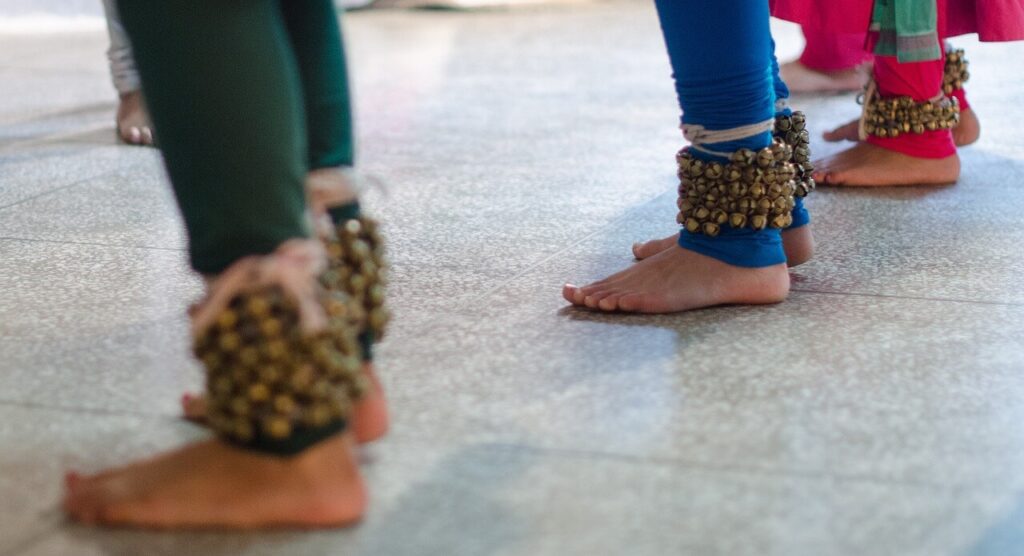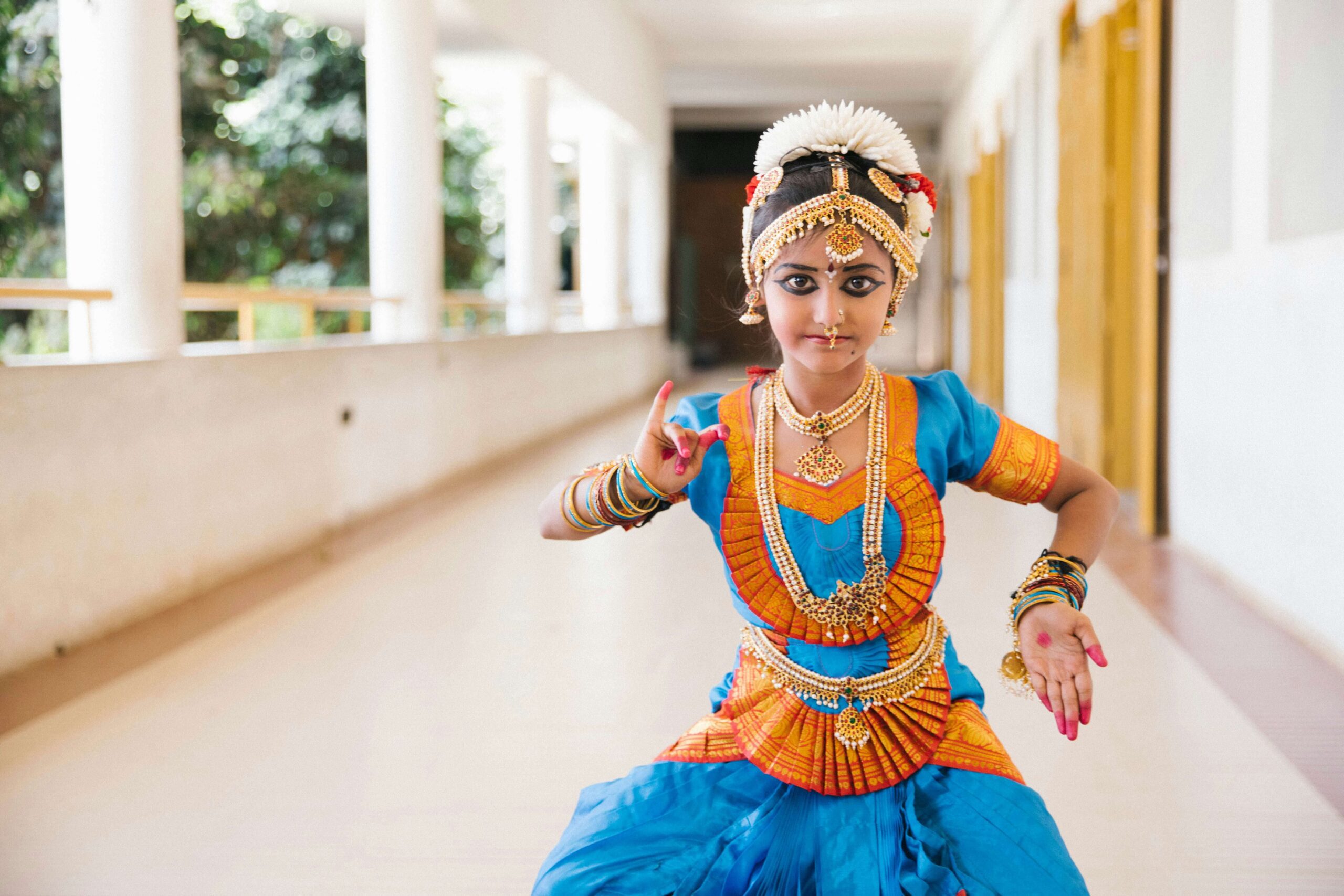Recently updated on June 21st, 2024
Classical Dance For Kids
Do you have a desire for your child to learn Indian classical dance?
So, don’t hesitate to act and let your child experience the finest Indian classical dance offer. Let’s examine its many advantages and why your children should be trained in Indian classical dance forms. There are so many classical dances for kids that they can learn at their early stages.
Table of Contents
ToggleWhat is the right age to enroll your kid in classical dance?
There is no specific age to begin performing classical dance. Though it may be learned at any age, children as young as 3 or 4 can start learning the fundamentals of the dance style. Do you know Madhuri Dixit started Learning Kathak at the age of 3?
Importance of Learning Classical Dance For Kids

Boost The Physical Coordination And Strength
Teaching physical and mental fitness via classical dance is an excellent method. Indian classical dance strengthens the left and right brain to perform various tasks by gradually training the head, neck, and limb coordination. Additionally, simultaneous training is done on footwork and hand movements. This keeps kids sound and makes it a powerful type of exercise.
Develop Concentration
Children who study classical dance become more focused due to the concentration needed for the unusual positions. When someone learns and puts it into practice, they effectively teach their mind to focus on one thing at a time. It improves memory and gives the mind a more refined edge.
Keep In Touch With The Roots
Classical dance embodies our rich Indian cultural heritage and is all about exquisite expression and perfect attitudes. As a result, it helps children maintain a connection to their heritage.
Increases Flexibility And Endurance
Muscle conditioning exercises that increase a dancer’s strength, flexibility, and endurance are a part of classical dance training.
Classical Dances are graceful, and kids feel proud.
What to learn?
Bharathanatyam
Bharatanatyam, India’s oldest classical dance discipline, hails from Tamil Nadu and is acknowledged as the originator of numerous other Indian classical dance forms.
It’s a striking classical dancing style that requires much practice with footwork, facial expressions, and wrist movements. This magnificent dance style promotes the mind-body connection and has healing properties.
Kuchipudi
Kuchipudi is an Andhra Pradesh-based classical dance style. More rounded positions can be found in Kuchipudi than in any other classical dancing style. The expressive portion of the performance (Nritya), where rhythmic hand gestures aid in telling the story, is the main focus of Kuchipudi dancing. Kuchipudi is one of the hardest classical dance styles, which requires unwavering dedication. Hindu mythology, religion, and spirituality form the foundation of this dance.
Mohiniyattam
Mohiniyattam dance is originated from Kerela. The meaning of Mohiniyattam starts with the figure Mohini, the female avatar of Vishnu. This ancient Indian dance form, which is still extensively performed today, has long represented the essence of feminine beauty and charm.
Kathak
For children especially, Kathak dance is like a fantastic trip through time. This traditional Indian dance style focuses on using elegant footwork, hand gestures, and beautiful motions to tell stories. Imagine using your hands and face to convey your emotions while you dance to lovely music.
Kathakali
In Sanskrit, “katha” denotes story, and “kali” denotes performance. In the dance form of kathakali, stories are told by acting and dancing. The 17th century saw its inception in Kerala. This dancing style is characterized by its elaborate, vibrant costumes and meticulously applied makeup that accentuates every facial feature. To perform Kathak correctly, children must be exceptionally skilled with the movements of their arms, upper bodies faces, necks, eyes, eyebrows, stages, bends, and turns.
Related Topic: 6 Unique Activities To Celebrate Bihu With Kids

